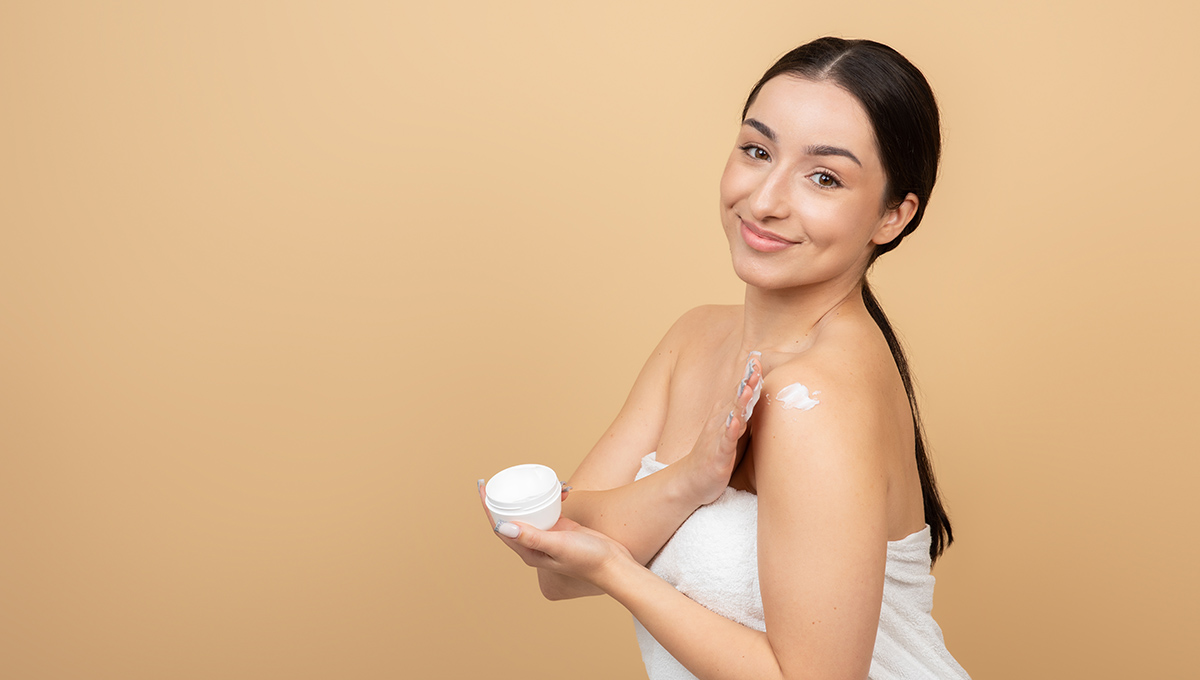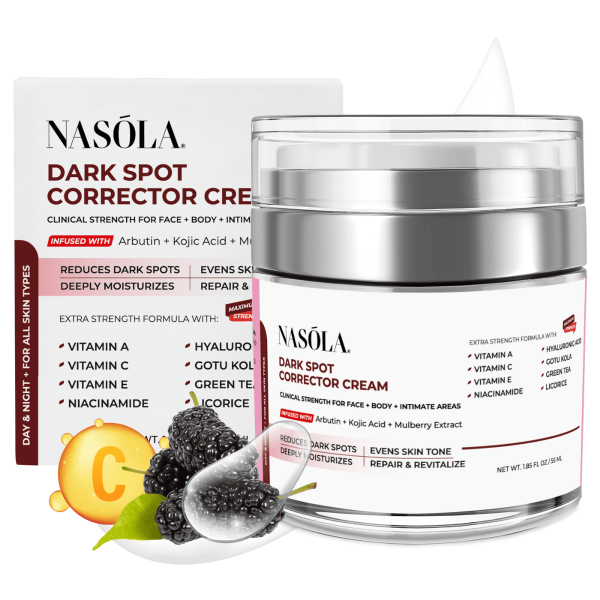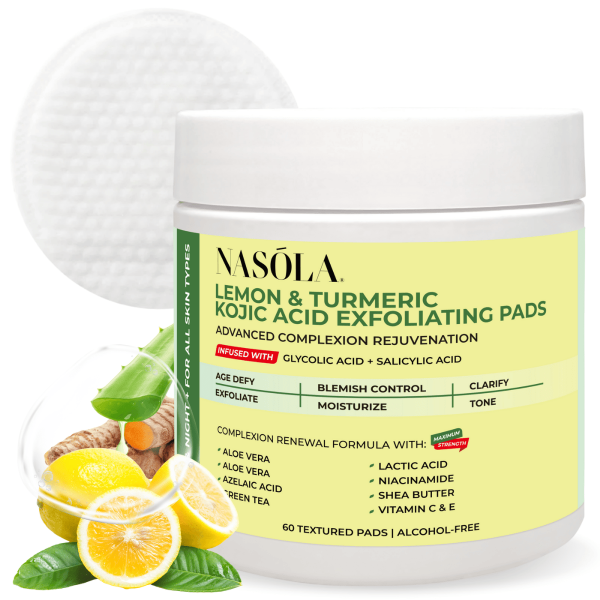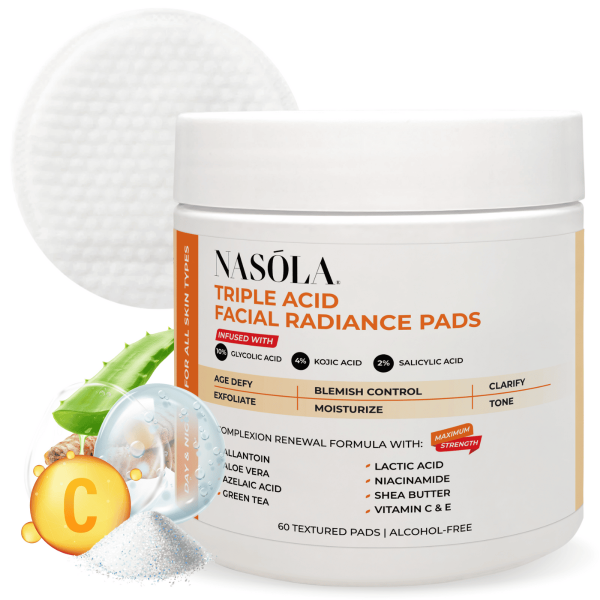Dark spots. They creep up slowly.
First it’s one after a breakout… then a few more after that beach trip with “just one layer” of SPF.
And the next thing you know—your concealer is doing overtime, and your bare skin doesn’t feel like you anymore.
That’s where a well-formulated dark spot removal cream can come in like an unsung hero. Not the kind that smells weird and takes 9 months to work.
I’m talking about creams that actually fade hyperpigmentation, acne scars, sun spots, and post-inflammatory trauma WITHOUT stressing out your skin.
In this post, we’re breaking it all down—from the actual science of how dark spot removers work to how you should layer them, pair them with exfoliants, and maximize their pigmentation-fading magic.
Ready to transform your skin into that smooth, glowy version calling your name?
Let’s get into it!
- The Science Behind Dark Spot Removal Cream
- Kojic Acid: A Hero Ingredient in Every Effective Dark Spot Removal Cream
- Brightening Your Skin Safely With a Dermatologist-Approved Dark Spot Removal Cream
- Using Exfoliating Pads to Boost the Effects of Your Dark Spot Removal Cream
- How to Layer Products with Your Dark Spot Removal Cream for Best Results
- How Long Does It Take to See Results From Using a Dark Spot Removal Cream?
- Lifestyle Practices That Enhance Your Dark Spot Removal Cream's Performance
- Conclusion
- Frequently Asked Questions
The Science Behind Dark Spot Removal Cream
Dark spots—aka hyperpigmentation—don’t just go away by wishing. They form when your skin produces excess melanin triggered by inflammation (hello acne), UV exposure, or hormonal shifts.
A good dark spot removal cream doesn’t just sit on the surface. It actually works deep within your epidermis to reduce melanin accumulation and fade those unwanted spots over time.
While many formulas make bold claims, it’s the active ingredients that do the real work. Think kojic acid, vitamin C, and niacinamide.
Take kojic acid, for example—it targets tyrosinase, the pigment-producing enzyme responsible for melanin… and shuts it down (gently).
Pairing your dark spot cream with products that exfoliate dead skin cells helps enhance absorption and turnover, accelerating results.
Here’s what to look for in a top-tier cream:
- Ingredients like kojic acid, vitamin C, or licorice extract
- Non-comedogenic formulas that won’t clog pores
- Moisturizing components to counteract dryness
- Dermatologist-tested or sensitive skin–friendly labels
How Do Dark Spot Creams Work?
Most dark spot creams function by reducing melanin synthesis in the targeted areas. Their effectiveness depends on the strength of their actives and whether you’re consistent with use.
Formulas packed with kojic acid, alpha arbutin, or vitamin C lessen the pigment over several weeks of use. They penetrate the outer skin barrier and deactivate the enzyme that triggers melanin (tyrosinase).
It’s not an overnight miracle but a gradual fade. But the fade… is real.
One standout option is the Nasola Kojic Acid Cream. It’s a skin-brightening powerhouse, deeply hydrating, and gentle enough for daily use. Plus—it does what it promises: targets discoloration without triggering a breakout war.
Active Ingredients to Look For
When choosing a dark spot removal cream, evaluating the ingredients can feel like reading a different language. But focus on these few rockstar ingredients:
- Kojic Acid: A naturally derived topical that interrupts melanin production.
- Vitamin C: Antioxidant that also brightens the skin and protects against UV damage.
- Niacinamide: Smooths texture, refines pores, and fades pigmentation.
- Licorice Extract: Calming and brightening with natural tyrosinase inhibition.
Nasola Kojic Acid Cream includes kojic acid and hydration boosters, making it ideal even for sensitive skin that’s had… well, a rough patch.
Kojic Acid: A Hero Ingredient in Every Effective Dark Spot Removal Cream
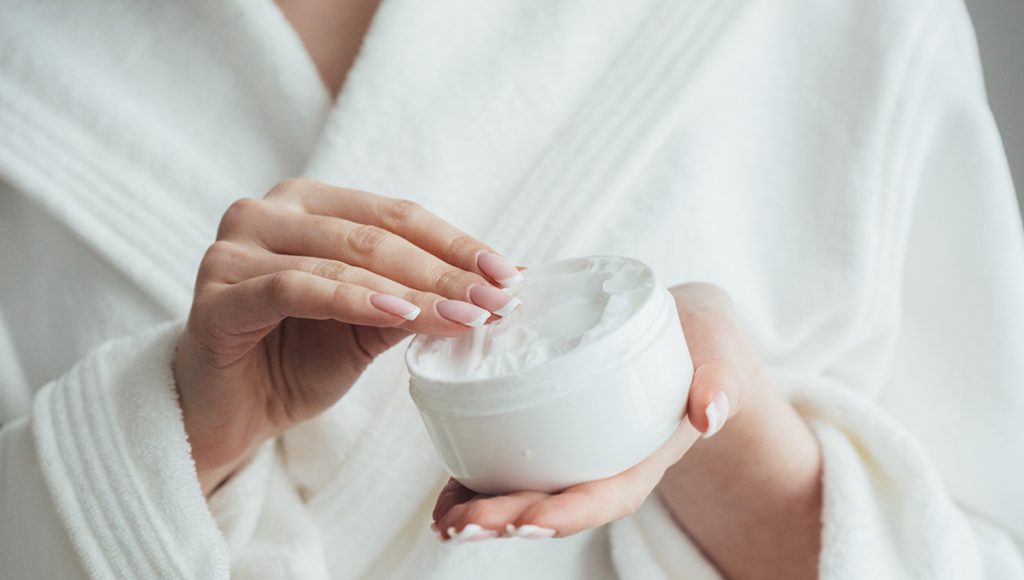
Let’s talk about the ingredient you’re about to fall in love with: Kojic acid.
This natural extract is already a staple in Japanese skincare—and for good reason. Formed during the fermentation of rice, kojic acid has transformed how we treat hyperpigmentation.
It blocks melanin synthesis gently but effectively, making it ideal for any dark spot removal cream that wants results without irritation.
Below, I’m sharing why kojic acid works like a charm and which product combinations give this DEEP pigment-busting power a nice cozy home in your routine.
What is Kojic Acid and How Does It Work?
You know when something is powerful, but not aggressive? That’s kojic acid.
It inhibits tyrosinase—that’s the enzyme that revs up melanin in spots—and slows pigment. It’s fantastic for acne scars, age spots, and melasma. Even better? It does all this without bleaching or drying your skin out.
If you haven’t tried it yet, Nasola Kojic Acid Cream is the ideal way to start. It blends kojic acid with deeply hydrating emollients, making it suitable even for dry or combination skin types.
Benefits of Using Kojic Acid in Your Skincare Routine
Incorporating kojic acid into your skincare life brings more than just faded spots:
- Reduces visible sun damage and age spots
- Brightens dull skin tone
- Supports smoother, more even skin texture
- Can fade recent acne marks faster
Layer it right after exfoliating with Nasola Lemon Turmeric Kojic Acid Exfoliating Pads to boost power through better absorption.
Brightening Your Skin Safely With a Dermatologist-Approved Dark Spot Removal Cream
Choosing the right dark spot removal cream is not just about speed… it’s about safety AND effectiveness. Especially when your skin has had bad responses to harsh products before.
A good dermatologically approved cream will contain well-researched ingredients like kojic acid and nourishing botanicals, rigorously tested for sensitive or acne-prone skin.
Everyone loves results—but nobody loves a stinging red face.
Let’s get into what makes a product dermatologist-worthy and which one checks every box.
How to Identify Dermatologist-Tested Products
The term “dermatologist-tested” should never be a gimmick. Here’s what should actually back that up:
- Clinically tested on sensitive skin samples
- No comedogenic ingredients
- Fragrance-free or minimal scent
- Gentle pH levels
Nasola Dark Spot Corrector Cream is one of those hidden gems that passes all the tests. Rich in kojic acid, Vitamin E, and skin-soothing agents, it brightens without peeling or irritating. Smooth texture included.
Non-Irritating Formulas that Work
Many people give up on spot correctors because of dryness or rashes. That usually means your formula’s too harsh.
Instead, go for non-irritating creams that balance brightening agents with hydration:
- Include aloe vera or allantoin for soothing effects
- Combine antioxidants like Vitamin E for protection
- Avoid fragrance and unnecessary fillers
- Sensitive skin? Always patch test first
For a go-to solution, Nasola Dark Spot Corrector Cream is dermatologically approved and features nature-based balancing ingredients to lighten your dark spots without the drama.
Using Exfoliating Pads to Boost the Effects of Your Dark Spot Removal Cream

Even the best dark spot removal cream needs a little help sometimes.
Enter: exfoliation.
Regular exfoliation clears the dead cells on the surface—making way for your skin treatments to actually get in and work. Without it, even the most expensive cream will just… sit on top and vibe.
Let’s explore which exfoliating pads are safest and most effective for prepping your skin.
Why Exfoliation is Necessary for Dark Spot Removal
Exfoliating helps in so many ways:
- Removes dead skin cells blocking cream absorption
- Speeds up cell turnover
- Smooths texture so product spreads evenly
- Reveals new, pristine skin more receptive to active ingredients
Start 2-3x per week to avoid over-exfoliation and build up. I love the Nasola Triple Acid Facial Radiance Pads. With glycolic, lactic, and salicylic acid combined—they gently dissolve buildup while smoothing out skin tone.
Choosing the Right Exfoliating Pads for Your Skin
Not all exfoliators are created equal. You want something effective … but soothing.
That’s why Nasola Lemon Turmeric Kojic Acid Exfoliating Pads shine. They contain turmeric, lemon extract, and kojic acid, meaning you get brightening, anti-inflammatory, and exfoliation perks in one little pad.
Perfect for sensitive days when scrubs are a no-go.
How to Layer Products with Your Dark Spot Removal Cream for Best Results
Layering is pure art…and science. Doing it wrong? You jam your pores or cancel out actives. Do it right?
Your routine becomes magical.
If you’re serious about fading dark spots, you need a simple—but strategic—order of operations.
Here’s the glow-up routine you’ve been waiting for.
Step-by-Step Skincare Routine to Maximize Results
This order enhances performance and minimizes irritation:
- Cleanse: Start with a gentle, non-stripping cleanser
- Exfoliate: 2–3x weekly with Nasola Triple Acid Facial Radiance Pads or Nasola Lemon Turmeric Kojic Acid Exfoliating Pads
- Treatment Cream: Apply Nasola Kojic Acid Cream or Nasola Dark Spot Corrector Cream
- Moisturize: Lock it all in with a nourishing moisturizer
- SPF (a.m. only): MUST include sunscreen for protection
Morning vs. Night Application Tips
Dark spot creams usually do better overnight but can be used morning and night if gentle enough.
In the morning:
- Use less product to avoid pilling under makeup
- Always layer sunscreen on top (spf 30+ minimum)
At night:
- Apply after cleansing and exfoliating
- Massage Nasola Kojic Acid Cream in circular motions
- Use 3–5x/week consistently for best results
How Long Does It Take to See Results From Using a Dark Spot Removal Cream?
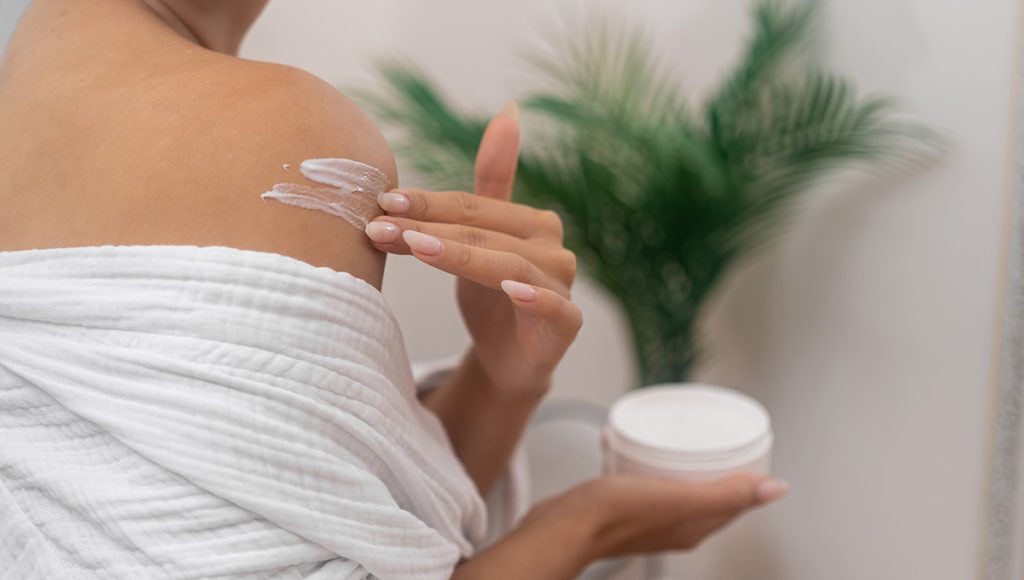
We all want results…. yesterday. But here’s the truth: fading dark spots takes time and consistency.
The key? Patience. Plus understanding what’s realistic so you don’t sabotage your progress.
Here’s how long you should wait before calling it quits (spoiler: don’t quit).
What to Expect After Week 1, 4, and 8
- Week 1: Slight texture improvement, minor skin softening. No visible changes yet.
- Week 4: Tone starts to even out. Recent dark spots begin fading. Stick with it!
- Week 8: Clear reduction of stubborn spots, smoother complexion, noticeable glow
For best results? Use Nasola Lemon Turmeric Kojic Acid Exfoliating Pads 2–3x a week and Nasola Dark Spot Corrector Cream daily.
Factors That Affect Results
These details can either help you glow—or stall your fade:
- How often you use the product
- Your skin type and pigmentation depth
- Whether you exfoliate consistently
- Sun protection habits (sunscreen is non-negotiable!)
Protect your radiance by staying diligent with SPF and giving your dark spot removal cream enough time to do its thing.
Lifestyle Practices That Enhance Your Dark Spot Removal Cream’s Performance
Skincare products can only do so much without backup. That’s where your habits come in.
Let’s look at what extra steps can turn your skincare results around, faster.
Diet and Hydration to Support Skin Clarity
What you eat matters to your skin:
- Stay hydrated—your skin needs water to regenerate
- Eat fruits high in Vitamin C to support collagen
- Reduce dairy, which can trigger breakouts
- Include turmeric and other anti-inflammatory foods regularly for internal balance
Sleep, Stress & Skin: The Inner Glow Connection
Your skin regenerates the most while you sleep. Miss that window… and you miss the glow.
- Get 7–9 hours of sleep consistently
- Lower stress through exercise or mindfulness
- Avoid touching your face—limit bacterial spread
- Use a clean silk pillowcase—reduce breakouts and friction
Protect your mental space. Your skin often reflects it.
Conclusion
If there’s one thing I hope you take away—it’s that a dark spot removal cream paired with nurturing habits and the right sidekick products can completely refresh your skincare journey.
Whether you’re working through post-acne spots, melasma, or just dullness, ingredients like kojic acid can gently brighten while exfoliants like Nasola Lemon Turmeric Kojic Acid Exfoliating Pads speed things along.
My personal go-tos? Nasola Kojic Acid Cream for daily treatment and Nasola Dark Spot Corrector Cream when I need an extra boost.
Gentle. Reliable. Brightening without unnecessary drama.
Your skin doesn’t need perfection. It just needs consistency, nourishment, and some real TLC ❤️
Frequently Asked Questions
The Nasola Dark Spot Corrector Cream is gentle, effective, and free from harsh ingredients, making it ideal for sensitive skin types. The soothing formula includes kojic acid, botanical extracts, and hydration without added fragrance.
Yes, most formulas like the Nasola Kojic Acid Cream are designed for daily use. Always start with a patch test, and remember to pair it with SPF in the morning to protect against sun-induced damage.
Results generally begin within 4–8 weeks when used consistently. Pairing your cream with exfoliants like Nasola Triple Acid Facial Radiance Pads can accelerate progress by clearing away dead skin and improving cream penetration.
Avoid sun exposure without SPF, harsh scrubs, or using multiple acids at once. Stick to your routine, apply sunscreen daily, and avoid over-layering active treatments.
Not fully. Exfoliating pads such as the Nasola Lemon Turmeric Kojic Acid Exfoliating Pads enhance cell turnover but work best when followed by a treatment cream like Nasola Dark Spot Corrector Cream.
Look for gradual lightening of spots, reduction in new pigmentation, and improved skin texture. Photos under the same lighting can help you track visible changes.
YES—every single day. Dark spot creams make your skin more sensitive to the sun. Using SPF is essential to prevent further spots from forming.
A powerful combo is using Nasola Lemon Turmeric Kojic Acid Exfoliating Pads with Nasola Kojic Acid Cream in your night routine and Nasola Dark Spot Corrector Cream daily for targeted treatment.
Both are brighteners but work differently. Kojic acid stops melanin production at the source, while vitamin C works more on surface damage. Combining both gives superior results.
Absolutely! Men benefit from these products just as much. Nasola Kojic Acid Cream fits easily into a simple grooming routine and delivers visible benefits fast.

